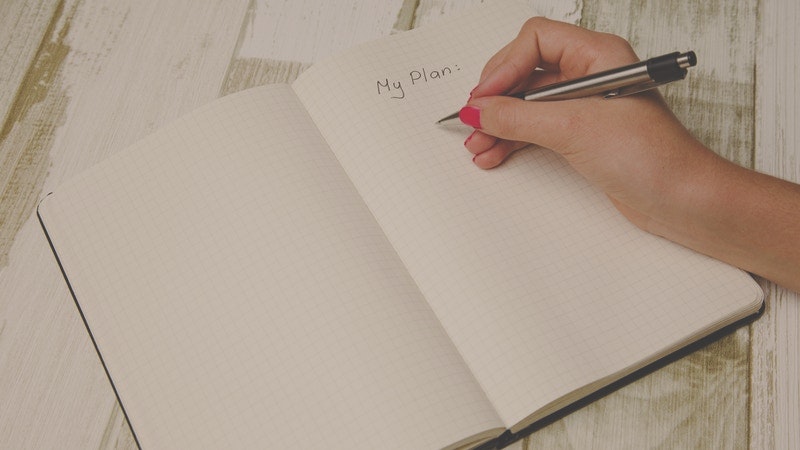Preparation Checklist
Episode #7 of the course How to heal yourself from phobia step by step by Gracelynn Lau, MWS
Welcome back again!
In Lesson 4, we drafted the steps and rewards based on your first healing goal and the level of stress you can manage now. In the previous two lessons, you rehearsed the steps in visualization and practiced mindfulness to observe your fear with a non-judgmental mind. Today, let us go through the preparation to execute your self-treatment plan.
Determine Time and Duration
Before you start, determine how long you want to dedicate weekly to your self-treatment. Aim for one hour or more per session. In each session, focus on completing the task in only one step. Do you like to do it weekly or bi-weekly? How much time do you need to do daily exercises between sessions? For example, you can dedicate 1.5 hours on Saturday afternoon for a session, and commit to doing imagination or body-based exercises for 15 minutes every day. On your self-treatment plan, create a new column and write down the date and duration you plan to dedicate to the session. Here’s a sample:
Healing from Phobia — Goal #1
| Tasks | Date and Time | Rewards |
| Step 1 | ||
| Step 2 | ||
| Step 3 |
Having dedicated a time to your healing, you are making a commitment to yourself. During that length of time, you have an appointment with yourself. Put it on your calendar and start telling your family and friends about your session plan. It will give you a sense of reality and accountability.
Start a Healing Journal
Start a new journal and document your process. Transfer your self-treatment plan to this healing journal. Before and after each session, ask yourself to measure the level of your fear using a scale of 0-10, with 0 being totally calm and 10 being extremely terrified. Make sure you record the number in your journal.
In your journal, recap what happened during your self-exposure activity. Describe your experience in detail, including what physical symptoms affect you and how. It gives you a better understanding of your dominating bodily reactions to fear, so you can strategize and adjust how to cope with them.
Then ask yourself how you felt during the session. Which coping skills or techniques worked best this time? What have you discovered? Are there any findings that give you insight? What would you do differently next time? What do you intend to do next?
Over a period of time, you will be able to figure out if there is a pattern in your fear response, and compare your coping capacities with previous times.
Find Support
Don’t be shy to involve someone else in your self-healing journey. Your partner, a close friend, or a family member can be a great support, particularly at the early stage of your self-treatment. Having someone you trust and feel safe with increases the chance of achieving your goal.
Your helper’s role is not to protect you from the phobic situation, but to help you maintain progress. They will be a walking stick at the beginning stage or someone who keeps you accountable when you are tempted to quit halfway, someone who witnesses your small victories and celebrates with you. Share your goals and session activities with your support person, and invite them to be present physically with you during the session. Share your healing journal together.
Self-Assessment
It can be difficult to follow a self-treatment plan if you also suffer from other health or mental health challenges, such as heart disease and depression. Although it is possible to do self-treatment activities while you are on antidepressant medication, the level of distress you will be exposed to may cause physical symptoms that affect other areas in your system. If you are not sure about your capacity to undertake a self-treatment plan, talk to your physician and seek professional advice.
Now you have everything you need to start healing yourself. Tomorrow, we will look at some common obstacles on the path to recovery.
Cheers to new beginning,
Gracelynn
Recommended book
Share with friends

